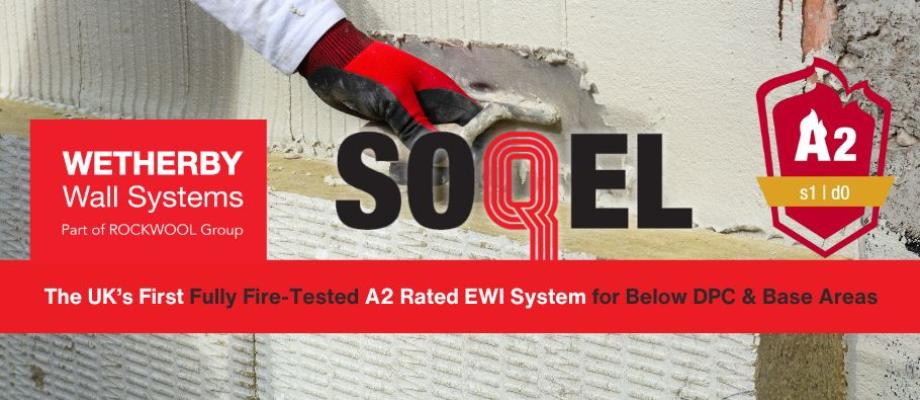Thermistud - a closed panel timber frame solution for Future Homes

Meeting the upcoming Future Homes Standard will likely require affordable housing providers and housebuilders to find new ways of constructing high-performing, thermally efficient homes. Coupled with the need for cost-control, speed of construction and repeatability of design, the off-site manufacture of components is also gaining momentum.
Tom Cox, Technical and Development Director at Saint-Gobain Off-Site Solutions discusses the company’s new closed panel timber solution, Thermistud™️ and how the business has combined the benefits of off-site construction with a tested structural system to offer a scalable solution for building sustainable and energy-efficient homes.

















